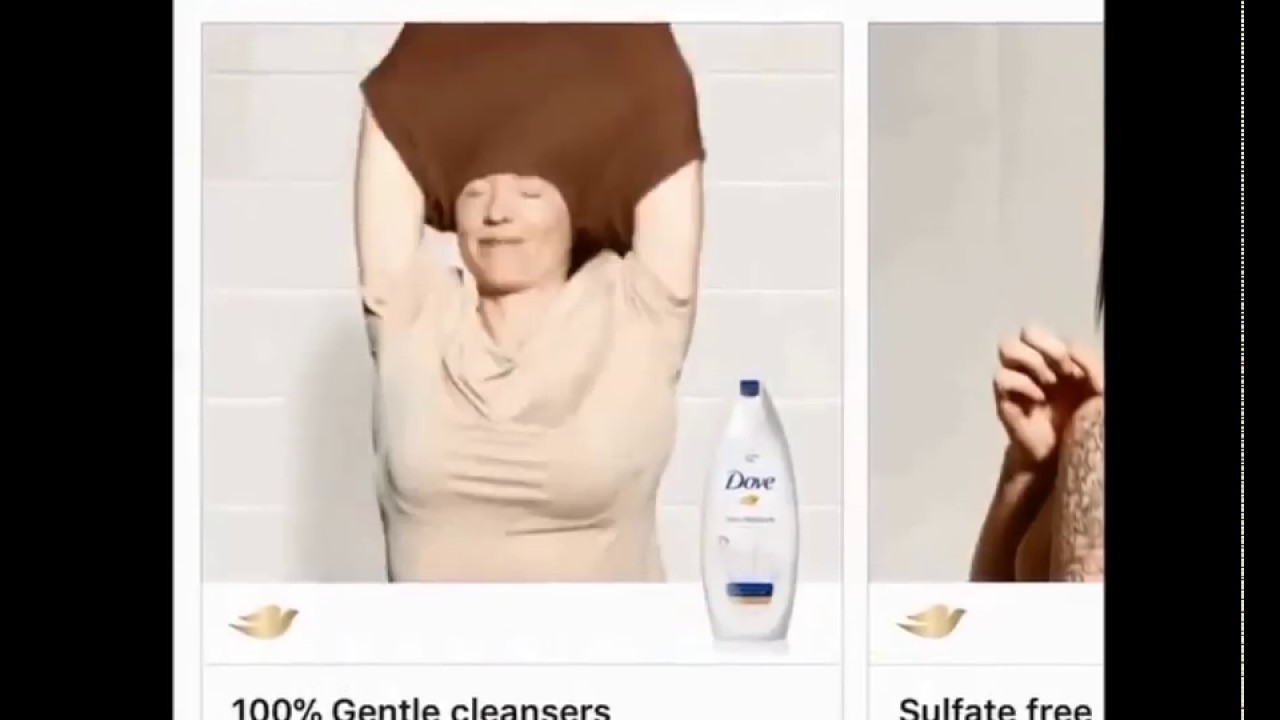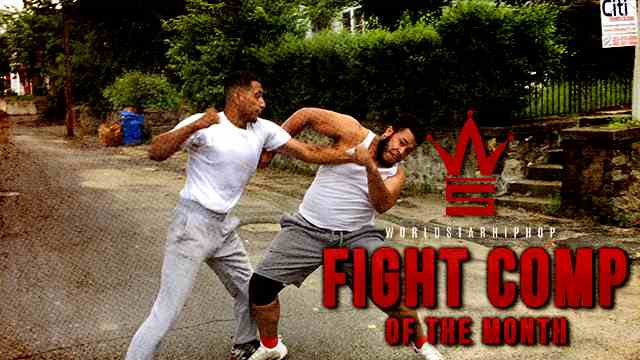
Perfect crimes are kept as secrets. PostSecret is a art project/social experiment that invites people from all over the globe to share their secrets anonymously by mailing in a postcard. These postcards are often decorated with hand-drawn art or collage from magazine cutouts that matches the theme of the secret. Created by Frank Warren in 2005, the PostSecret project was popularized by social media sites such as pinterest and tumblr, and the site receives thousands of visitors each day. The mailed postcards are regularly updated on their website, and sometimes shown through exhibitions in art galleries. Often, the secrets are harmless, fun and quirky. They are things that we all do, we all felt, and perhaps thought about doing. Anonymity invokes bravery, and strangers voluntarily expose their wounds.
But the secrets get dark. Some share stories from their childhood about sexual abuse and suicidal attempts. Others share stories about their family, relationships, and even adultery. The project is intended provide an inclusive, non-judgmental community for those who have the courage to share. But what if the secret is a confession of a crime? In 2013, Warren received a postcard with a picture of a map, an arrow and text that read “I said she dumped me, but really I dumped her (body).” It stirred controversy among reddit users who were troubled by the apparent homicide confession, and it eventually involved detectives in Chicago who identified the location in the map. Eventually, they determined that the postcard was a hoax, following that they did not find anything in their search.
This case, however, opened a conversation about legal limitations of this community based art project. Because the site still receives postcards with confessions of crimes that are deemed relatively “negligible” by social standards, such as white collar crimes and drug-related crimes, there is a debate about whether these secrets should be regulated and overseen. Are these secrets really safe with PostSecret? Should there be legal limits to this social art project that promises “judgment free zone” for the participants? Where should the line be drawn?







